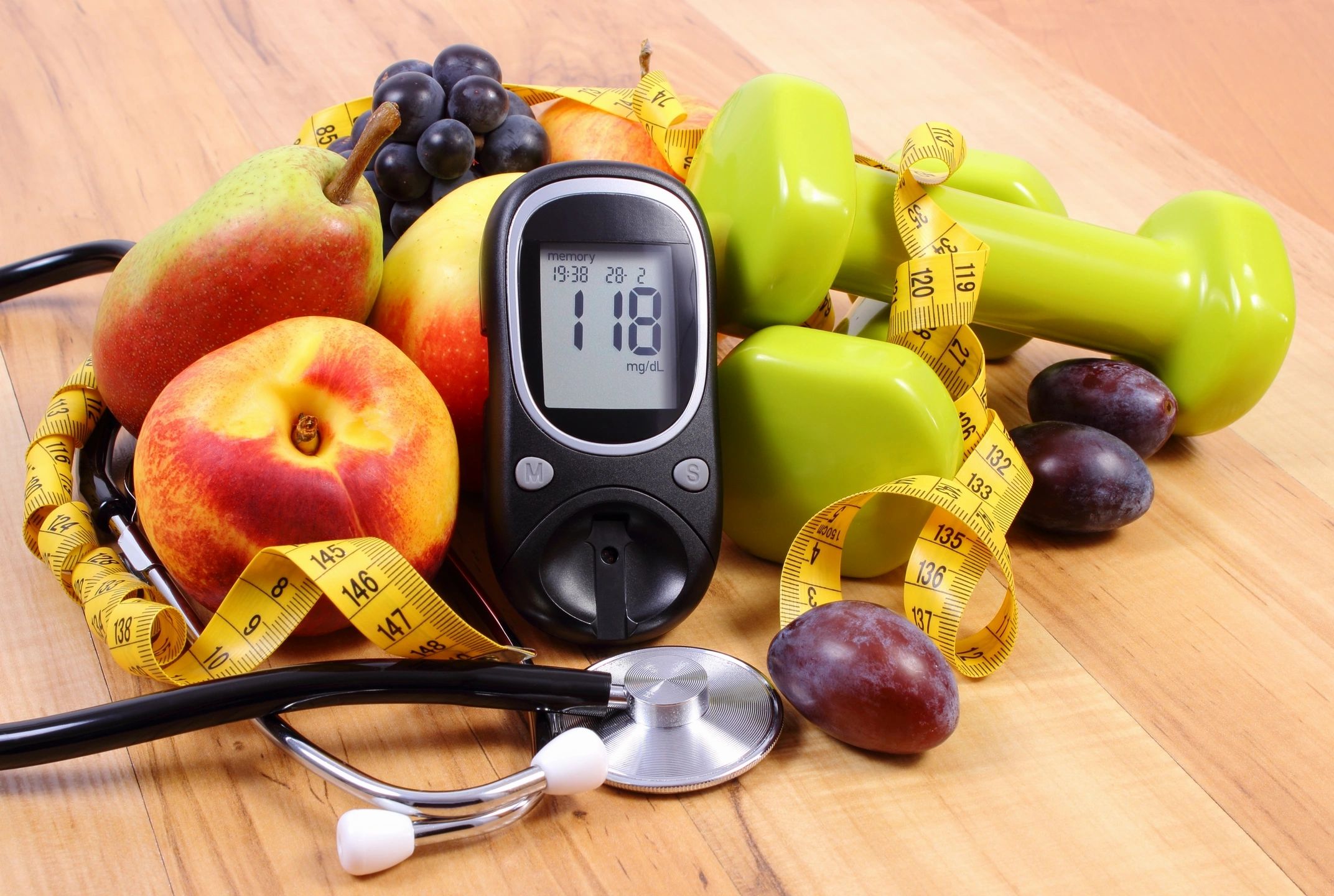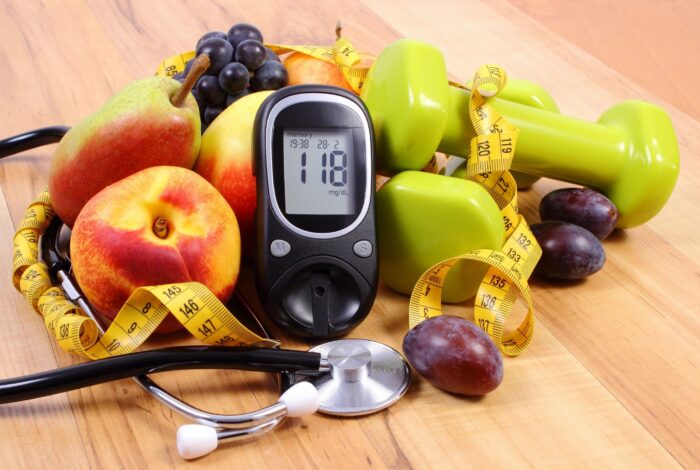Let’s Not Sugarcoat Diabetes


Chances are you know someone, probably more than one person, who is affected by some form of diabetes. Or, perhaps, you are one of the 88 million Americans who are pre-diabetic right now. But did you know there’s an herb for that? Actually, there are several.
According to The National Diabetes Statistics 2020, it is estimated that diabetes affects 34.2 million Americans of all ages. Approximately 1 in 3 American adults, have prediabetes. Of those with prediabetes, which puts you at an increased risk of developing type 2 diabetes, heart disease, and stroke, more than 84% do not know they have it.
But what is more alarming than these statistics is the growing number of newly diagnosed, early onset diabetes in younger populations, ages 10 to 19 years. The incidence of type 2 diabetes remained stable among non-Hispanic white youth, but increased for all others, especially non-Hispanic blacks.
Diabetes is a major cause of heart disease and stroke and it is the seventh leading cause of death in the U.S. And, diabetic patients are more susceptible to severe symptoms when exposed to COVID-19. Further, it is the leading cause of kidney failure, non-traumatic lower-limb amputations, and new cases of blindness among adults in the U.S. By addressing diabetes, many other related health problems can be prevented or delayed.
The medical community follows standard medical practices and pharmaceutical treatments, including insulin to treat diabetes in the United States today. But there is a growing movement, as this disease becomes so much more intimate to us all, that is taking another look at possible natural alternatives that can help us control, prevent and possibly reverse the ravaging effects of diabetes.
The first two and the most obvious additions to a treatment plan are exercise and diet. A combination of an aerobic and a strength training program will do wonders to lower stress levels, decrease belly fat and stimulate your metabolism. And as we all know (we just have trouble following it) a diet high in fiber and low in fat and bad carbohydrates is our best prevention against blood sugar issues.
But beyond that, there are herbal extracts and tinctures that you can easily incorporate into your daily routine that could greatly enhance your quality life and heal damaged cells that have been affected by dangerous sugar levels.
Gymnema sylvestre Leaf, aka Gurmar, Cinnamon Bark (Cinnamomum cassia) and Blueberry Leaf (Vaccinium species) are three herbs whose properties have shown great promise as a natural way to control and possibly eliminate blood sugar issues.
The herb, Gymnema sylvestre has been used in Ayurvedic medicine for over 2000 years and is an indigenous plant in the tropical forests of India. It has been used to treat diabetes, digestion and urinary tract infections, as well as obesity and hypoglycemia. Known as the “Sugar Destroyer” this herb boosts the amount of insulin your body produces, reduces excessively high blood sugar levels, and allows your body to process sugar more efficiently. This herb is unique in that it actually helps block both the taste of sugar and its absorption in the body. Because it can reduce blood sugar levels, it can be a very good weight management tool as well.
By stimulating the circulatory system, Gymnema sylvestre may help restore pancreatic function by removing sugar from the organ and increasing urine secretion. It is believed that it may help lower blood sugar levels in Type-2, adult onset diabetics by blocking efficacy of sugar in the system and reducing blood sugar levels after sugar consumption. It is interesting to note that Gymnema sylvestre extract is without side effects, unless you are using pharmaceutical medications that perform a similar function, and exerts its blood sugar-lowering effects only in cases of diabetes. As with any new substances you introduce into your body, anyone with diabetes should use Gymnema sylvestre only under the supervision of a physician and should never be used in place of insulin. Gymnema sylvestre can enhance the blood glucose lowering effects of insulin and hypoglycemic drugs and, consequently, blood glucose levels. Because of this, your blood glucose levels should always be monitored closely by your health care provider.
The second herb is Cinnamon Bark (Cinnamomum cassia). There is a growing interest in the use of Cinnamon and the potential benefits it may offer in the treatment of diabetes. Recent U.S.D.A. reports have demonstrated that extracts of Cinnamon may increase insulin activity, enhance the breakdown of glucose and improve blood sugar concentrations. Type-2 diabetes represents 90 to 95 percent of all diagnosed cases of diabetes and is the most chronically diagnosed form of diabetes. Daily Cinnamon consumption may actually lead to a dramatic reduction in blood sugar, cholesterol and triglycerides by as much as twenty percent in Type-2 diabetic patients who are not taking insulin. When you lower your blood sugar level and improve your insulin resistance weight loss will often follow. So, much like Gymnema sylvestre, Cinnamon can become a part of your weight loss program as well.
There are 4 types of diabetes. Two types are fully recognized and two are still being researched to better understand the anomalies of each type.
Type-1 diabetes or juvenile-onset diabetes develops when the body’s immune system destroys the pancreatic beta cells. These are the only cells in the body that make the hormone insulin that regulates blood glucose. If these cells are destroyed, the body can no longer deliver glucose to the cells through the bloodstream. The bloodstream fills with sugar and begins to damage the body.
Type-2 diabetes, or once called, adult-onset diabetes, usually begins as insulin resistance when the cells are not using insulin properly. As the need for insulin rises, the pancreas gradually loses its ability to produce insulin.
Type-3 diabetes is brain based and has been linked to Alzheimer’s. This can type of diabetes can lead to a disruption brain synapses that make up memory and cognition. The brain becomes insulin resistance, the brain becomes inflamed and cognitive and memory blockages can occur.
Type 4 diabetes is hypoglycemia, or low blood glucose. When this type of diabetes occurs it is recognized by elevated insulin levels that lead to chronic persistent and often progressive pain, as well as a loss of sensation. As the symptoms worsen, patients develop digestive, cardiac, sexual and other severe complications. It can be, and often is, progressive.
For type-3 and type-4 diabetes, Blueberry Leaves extract may be helpful because of their anti-inflammatory properties. This herb has been shown to lower blood sugar when consumed on a daily basis. Blueberry Leaf can also stop damage to the blood vessels, which is sometimes associated with the symptoms of these types of diabetes. But more importantly, Blueberry Leaves can reduce inflammation and lower triglyceride levels in the blood.
The recent discovery that Blueberry Leaf extract reduces blood sugar levels by 26% and reduces plasma triglyceride by 39% indicates its usefulness in the treatment of diabetes. The herb contains a compound called Myrtillin which acts like insulin, though it is not as strong as insulin and far less toxic. A single dose of Blueberry Leaf can show continuous results for several weeks.
Blueberry and Blueberry Leaves are considered safe and have no documented drug interactions. However, coumarins in Blueberry may increase blood thinning activity and inhibit platelet activity. Because Blueberries and Blueberry Leaves are known to reduce glucose levels, diabetics should monitor their sugar levels closely. It is recommended that people who are having surgery stop using Blueberry Leaf at least 2 weeks before the procedure.
Properly managed blood sugar levels help ensure diabetics a healthy system and protect against many chronic health conditions such as, neuropathy and retinopathy. Overwhelmingly, diabetes is almost always avoidable, or at least controllable. Make good choices, educate yourself, and explore all of the possible resources that might improve your quality of life.

Comments are closed here.